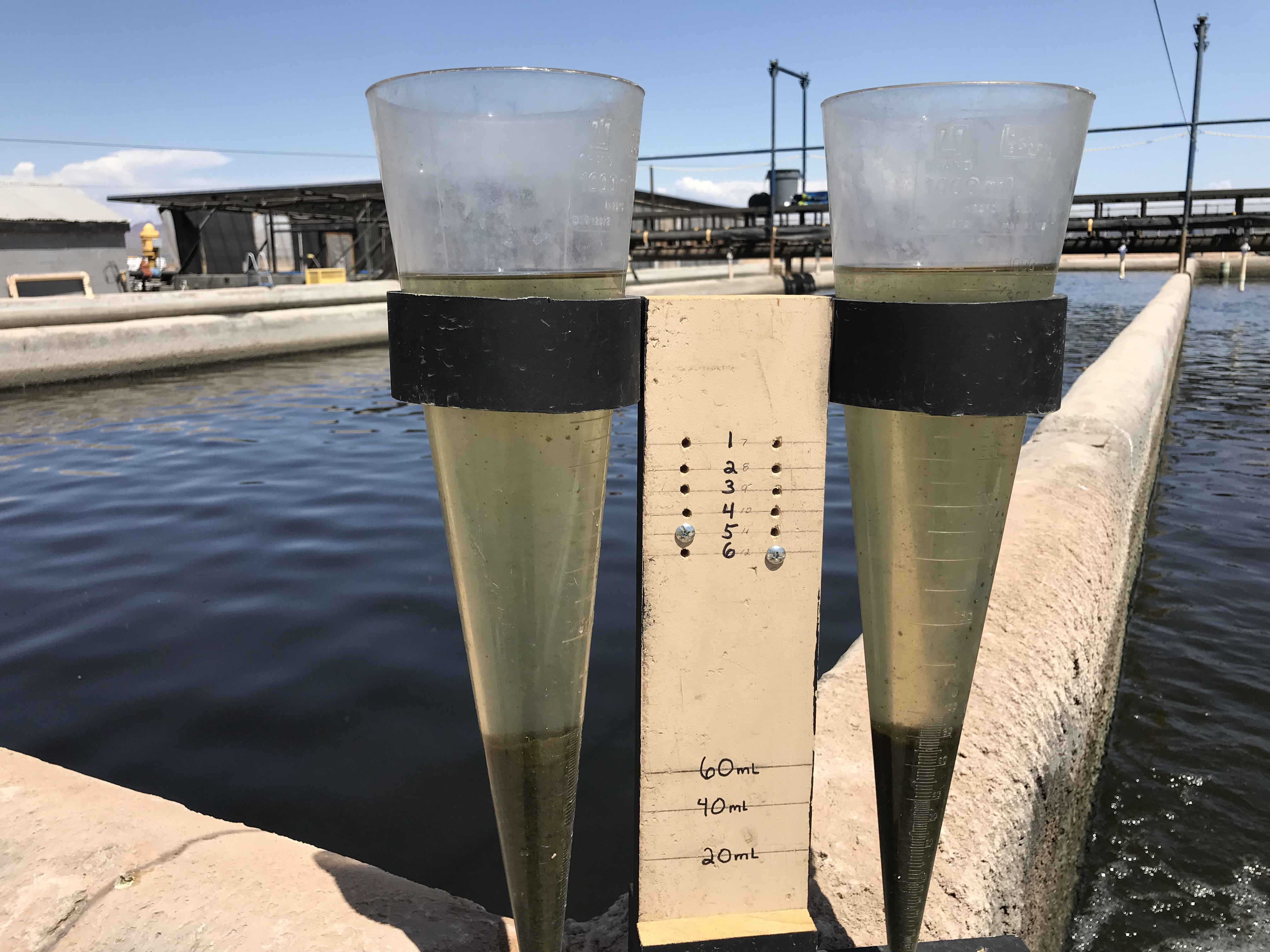How Humans and Machines Can Work Together To Solve Complex Problems and Create Value
Prof. Aécio D’Silva, Ph.D
In many of my collaborative intelligence leadership publications, I’ve underscored the benefits of collaborative intelligence as a pathway to attaining total excellence. Beginning with the truth that “we” collectively possess greater intelligence than “I” alone. Presently, we’re faced with a more intricate and demanding task: exploring the potential and hurdles of human-AI collaboration in practical settings. Human and AI collaborative intelligence is the idea that humans and artificial intelligence (AI) systems can combine their strengths and capabilities to achieve better outcomes than either could alone. It is based on the premise that humans and machines have complementary skills and abilities and that by working together, they can enhance each other’s performance and learning. In this blog post, we will explore what human and AI collaborative intelligence is, how it works, and what are some of the potential benefits and challenges of this approach.
Category: AI-powered aquabioponics
How to Become a Fish Farming Expert Explained: Tips and Strategies
A Guide to Building a Successful Career in Aquaculture
Prof. Aécio D’Silva, Ph.D
AquaUniversity
Fish farming is an exciting and challenging field that offers ample opportunities for individuals interested in sustainable food production, environmental conservation, and business development. As the demand for seafood continues to grow worldwide, the aquaculture industry is expected to expand rapidly in the coming years, creating a wide range of career paths for aspiring fish farmers. Whether you are a student, a career changer, or a seasoned professional, this guide will help you learn how to become a fish farming expert and achieve your goals in this dynamic industry.
AI-Powered Aquabioponics
AI-Powered Aquabioponics
Aquabioponics (an advanced version of aquaponics) is an innovative aqua-agricultural system that combines aquaculture (the farming of aquatic animals) with hydroponics (the growing of plants without soil) and a circular economy. This symbiotic relationship between fish and plants with zero emission is a sustainable, intelligent, innovative method of food production that can be developed all over the world. However, as the demand for food increases and resources become scarcer, it is necessary to explore new ways to improve the efficiency and productivity of aquabioponics systems. Artificial intelligence (AI) is one technology that can help achieve this goal.
AI can be used to optimize various aspects of aquabioponics, including water quality monitoring, feeding schedules, and plant growth. For example, sensors can be installed in the system to monitor pH levels, dissolved oxygen, and other important parameters. This data can then be fed into an AI algorithm that can make real-time adjustments to the system, such as increasing aeration or adjusting the nutrient levels in the water.
By Prof, Aecio D’Silva, PhD





